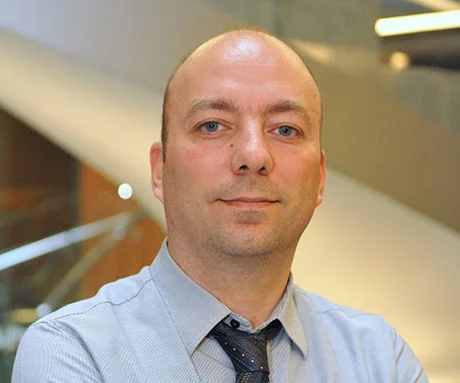Explore
Discover more of our expertise:
Experts
To discuss a project, contact our team today:

Mutlu Ucuncu
Global and UKIMEA Building Physics Leader
Mutlu leads the fluid dynamics and building physics discipline in numerous building, masterplan and infrastructure projects supporting teams across sports, rail, water, property, science, industry, technology, and city planning market sectors.

Alexej Goehring
Americas Building Physics Leader
Alexej leads the fluids and thermodynamics analysis and design team for Arup on the West Coast of the United States.

Haico Schepers
Australasia Building Physics Leader
Haico practices as a Building Physicist in the Sustainable Buildings team in Sydney. Combining his background in architecture and engineering he aims to deliver outstanding sustainable design outcomes integrating passive thermal strategies, natural daylight and building systems.

Vincent Cheng
East Asia Building Physics Leader
Vincent is an Arup Fellow and Director of Climate and Sustainability Services Leader in East Asia, as well as leading our Integrated Energy Systems experts in the region.

Jake Haskell
Europe Building Physics Leader
Jake Haskell leads our advanced digital engineering team in Germany and is the environmental and building physics skill leader in Europe.











